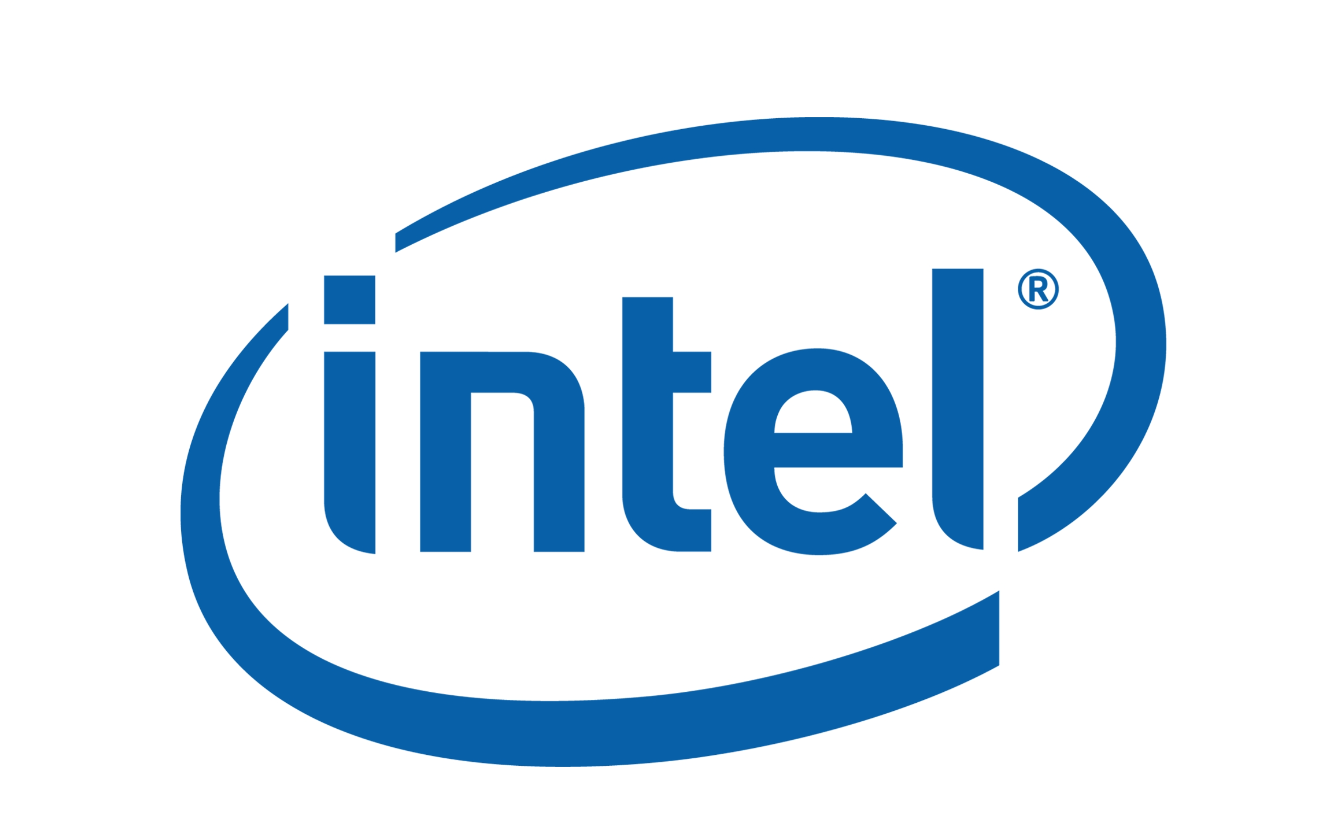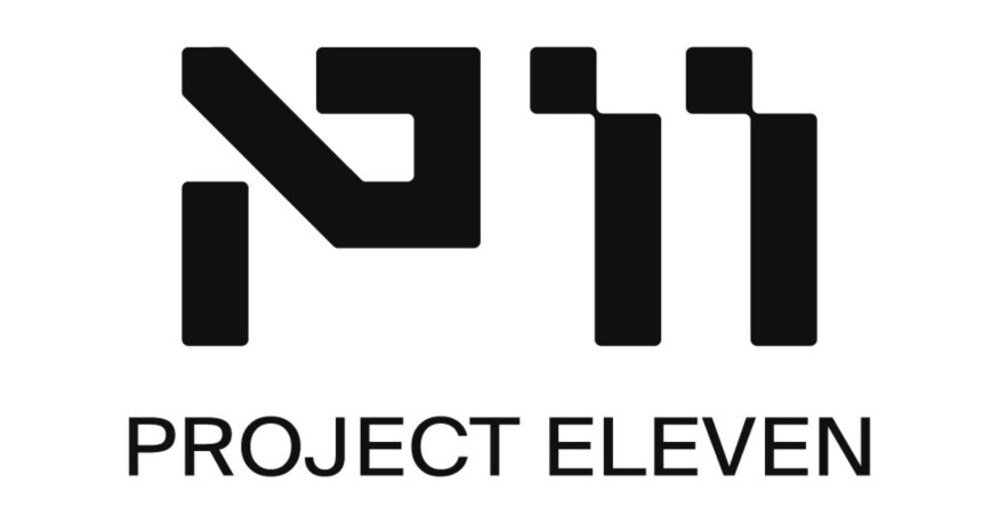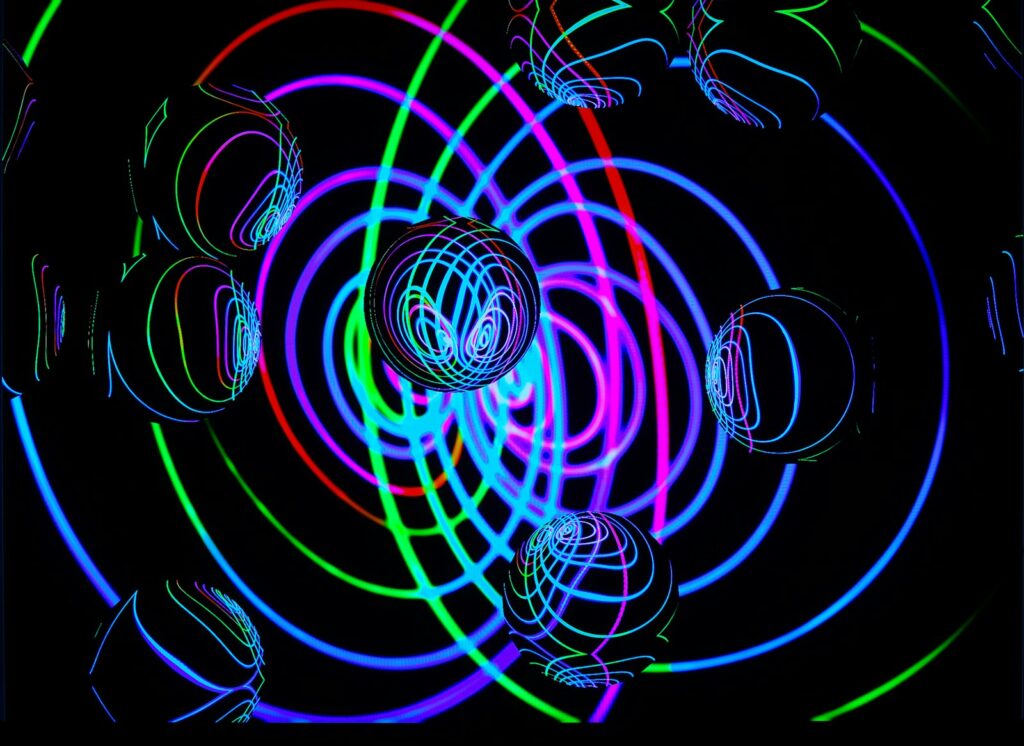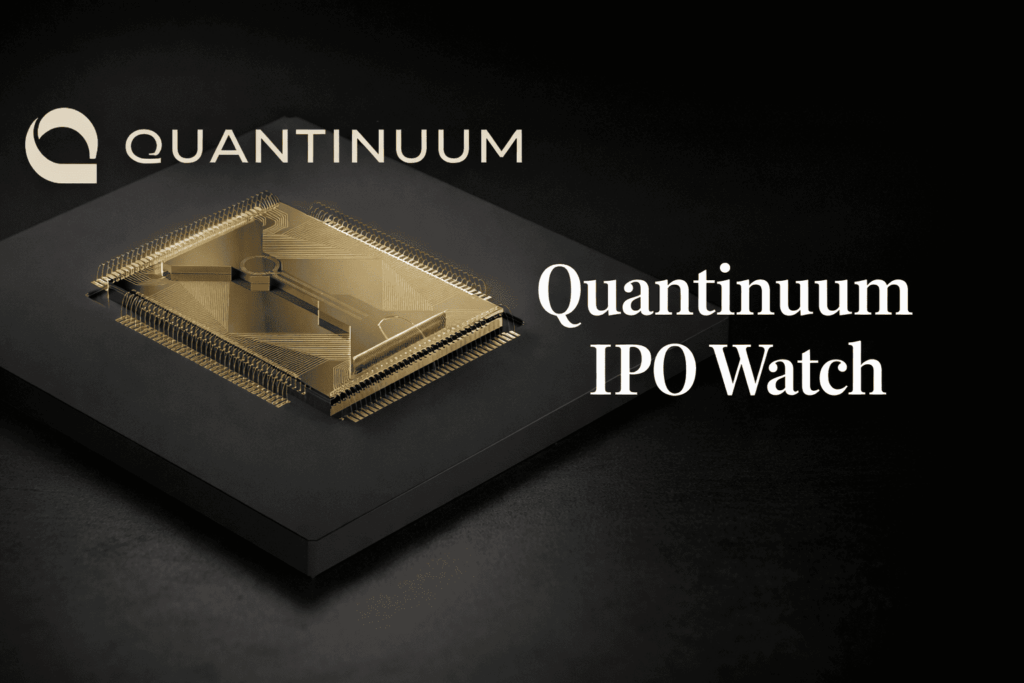In a compelling conversation on the InTechnology podcast, Camille Morhardt sat down with James Reinders, a high-performance computing engineer at Intel, to discuss the intersection of high-performance computing (HPC), quantum computing and artificial intelligence (AI). Reinders brings a wealth of experience and insight into how these cutting-edge technologies are evolving and what they mean for the future.
Reinders opened by defining high-performance computing as “the biggest, baddest, fastest computer you can build to solve very large engineering, scientific, and computational problems.” He explained that the term supercomputing emerged in the mid to late seventies when there was a push to build more complex and expensive machines than those used for everyday business processing.
Discussing the evolution of supercomputing, Reinders noted: “By the late nineties, standard supercomputers changed from being exotic built machines to ones that consisted of thousands of off-the-shelf processors.” This shift marked the end of debates over the scalability of multi-core processors.
Reinders sees quantum computing as a natural extension of high-performance computing.

“Quantum computing is pretty specific in the type of problems it can solve,” he said. “It may not be the best way to solve every problem, but it stands the promise of being phenomenally amazing at modeling the real physical world.” He predicts that quantum computing will not displace other architectures but will instead join them, creating a more diverse and capable computational landscape.
On the practical applications of quantum computing, Reinders said: “Some of the first uses will clearly be modeling of molecular dynamics, different things in chemistry, and those are incredibly important in solving problems.” He predicts quantum computing being used alongside traditional HPC to enhance simulations and solve complex problems more efficiently.
Reinders is particularly excited about the integration of AI techniques with traditional HPC workloads. He shared an example of how AI is being used to replace Monte Carlo operations in molecular dynamics simulations.
“They took a neural network, a GAN network, and trained it by letting it watch Monte Carlo operations,” he said. “The results were really exciting; it was able to do simulations that seemed to give us comparable answers at a fraction of the compute power.”
Looking to the future, Reinders stressed the importance of collaboration between different computational technologies.
“I think quantum computing as it matures will become another form of supercomputing. It will join the fold rather than replace existing technologies,” he said. This integration will enhance our ability to tackle complex problems, from climate forecasting to disease modeling.
Reinders concluded by reflecting on the broader implications of these advancements.
“The biggest cost in running a computer is moving data around,” Reinders noted, highlighting the ongoing efforts to improve data transfer efficiency and reduce power consumption.
These enhancements will boost performance and make high-performance computing more accessible and cost-effective.
Reinders, then, gave us a peek of what the future in high-performance computing, quantum computing and artificial intelligence looks like and how it will work toward achieving innovative solutions to problems that were almost insurmountable by the human race in the past.


















